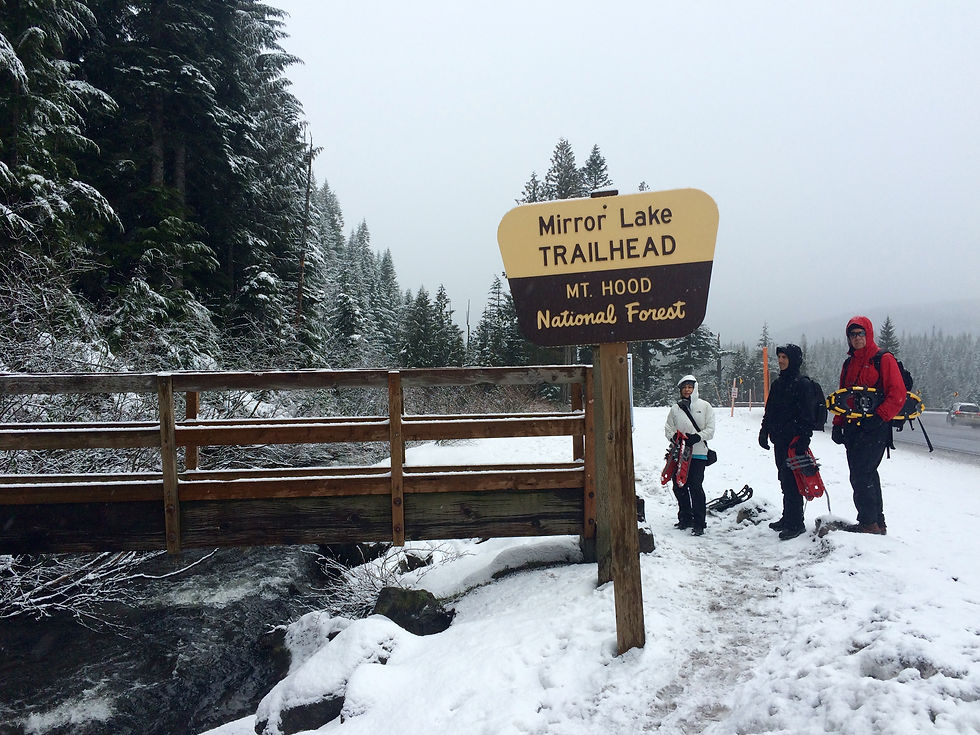Is Your Tensor Fasciae Latae Overworked?
- Courtney Truax, LMT

- Oct 25, 2022
- 3 min read

When hip pain and stiffness happen, it can be quite a hinderance. There are many muscles that effect the hips and if any one of them are overworked and tight, they can cause problems for you in your everyday activities, including a poor night sleep. One such muscle that is small in size, but mighty in the hip and knee functions, is the Tensor Fasciae Latae, or TFL for short.
The Tensor Fasciae Latae muscle attaches to both the hip and the femur, making it an important little muscle in everyday functional living. To locate which muscles are your TFL, all you have to do is find the front of the top portion of your pelvic bone. Here, you will find a boney landmark known as the ASIS (Anterior Superior Iliac Spine). I like to refer to this landmark as the headlights, as they should be even bilaterally and pointing straight ahead when all is in proper alignment. If you place your hands with fingers all pointing downward and your thumbs starting on the ASIS, you will be covering your TFL. The tips of your fingers should be approximately where your IT Band starts. Think side of your hips, but slightly frontward, or anterior, but not directly in front and on your Quads.
Now that you know where your Tensor Fasciae Latae muscle is, you can have a better understanding of its functions. The TFL flexes the hip, abducts the hip, and medially rotates the leg. For a visual, think of imitating a dog going the bathroom on a fire hydrant. When you do that same motion, you are engaging your TFL in all functions. Your TFL is also a stabilizer. So, while your one leg is bending and lifting up to engage your TFL, the other leg has activated the TFL muscle to help stabilize you and keep your balance.
How does your Tensor Fasciae Latae Muscles get overworked? Often times your TFL will kick in to do more of the work when your other hip flexors and abductors have become weak. If any of your Gluteal muscles, the Piriformis, or even the Psoas muscles have become inhibited from doing their job, then often times the TFL will step up to help out. This is great for short term use, but when the other major muscles are too weak to do their job and start to rely on the TFL to carry the load, then we get an overworked and tight TFL that causes a lot of pain and stiffness.
If your Tensor Fasciae Latae is too tight, you may experience the following symptoms:
Pain in the outer hip
Pain may refer down the outer thigh region (IT Band).
Painful to lie on affected hip
Pain is worse when one side is bearing more weight
To help alleviate the pain and tightness of your Tensor Fasciae Latae, there are several things you might want to do:
See a Chiropractor to make sure your hips are not out of alignment and receive adjustments if necessary.
Get a massage to help relax and loosen up the tight muscles and reduce the feeling of pain and stiffness.
Do some stretches and mobilizations of the joints to help lengthen and move the muscles.
Have a Physical Therapist help you find out which muscles are weak and work on strengthening the weakened muscles back up.
Relaxing the tight and overworked TFL is important to do in order to allow it to rest. Once the muscle has calmed down, you can then engage the other muscles when you do the strengthening exercises. Some common strengthening exercises to do are side lying leg lifts, the clam, and using exercise bands to do slow side steps, as well as lunges with an anchored band to help track the knee and hips. Your Physical Therapist or an advanced Fitness Coach should be able to help demonstrate how to properly do these types of exercises, as well as others that should help strengthen your weakened muscles, giving your TFL the break is needs to function properly.





Comments